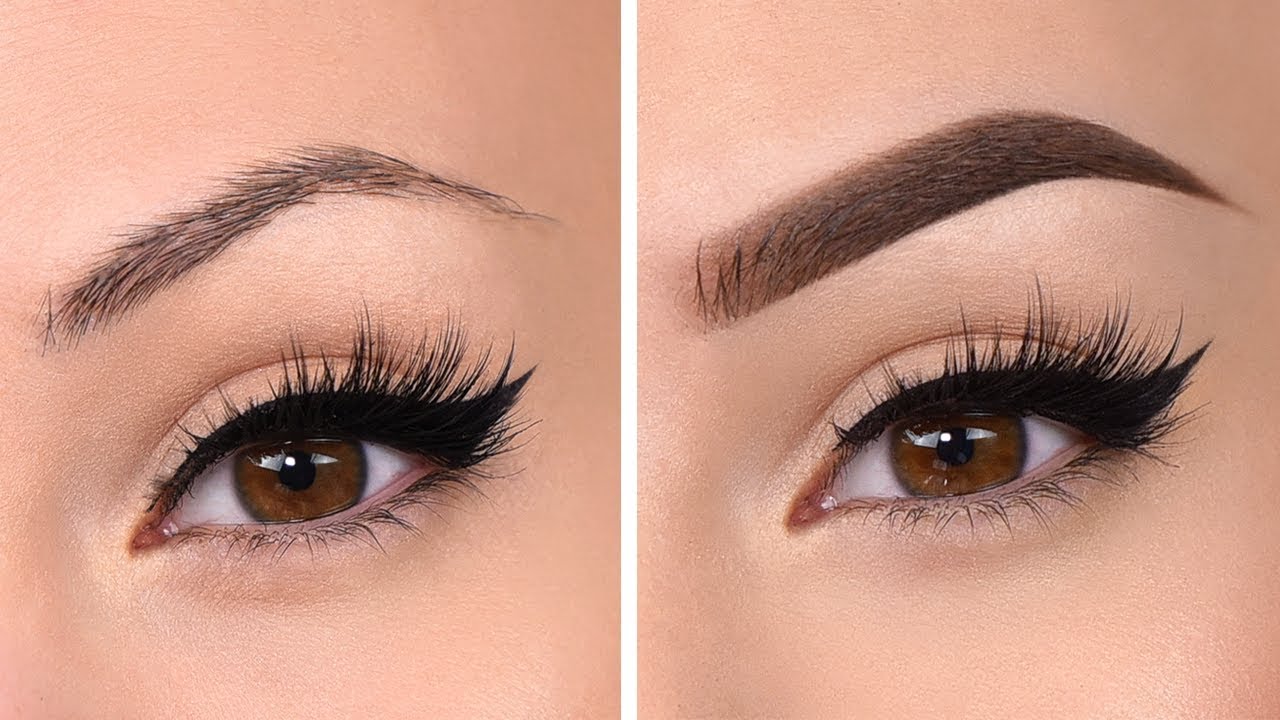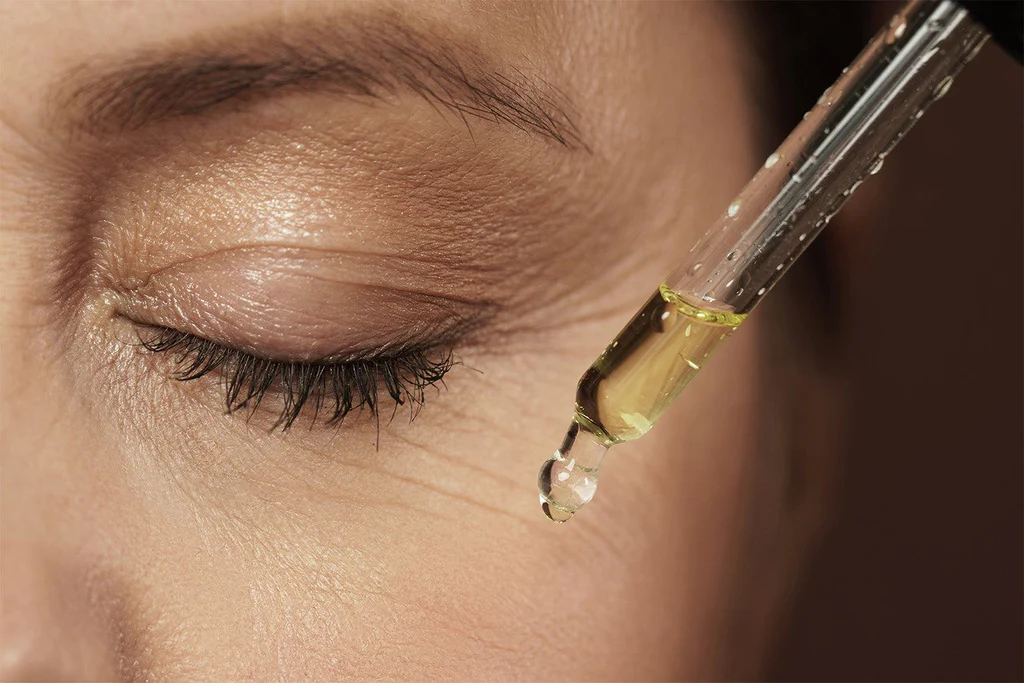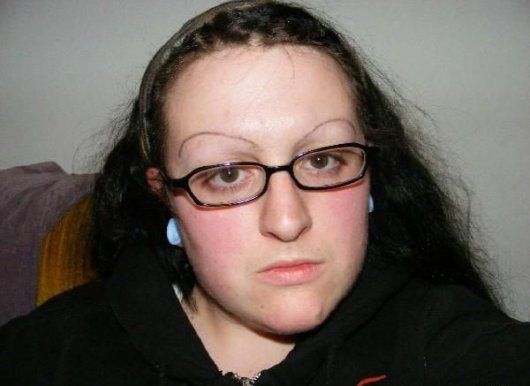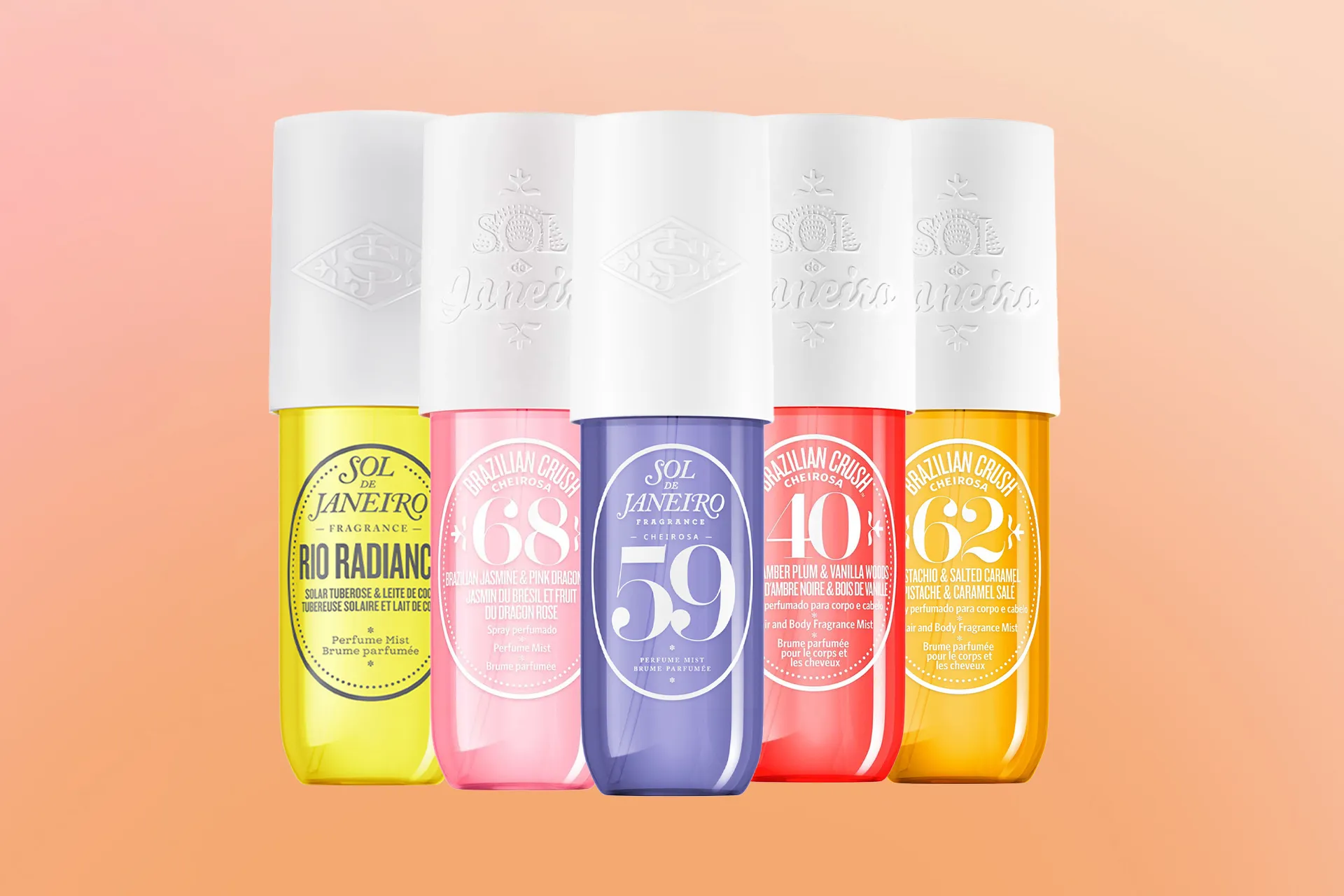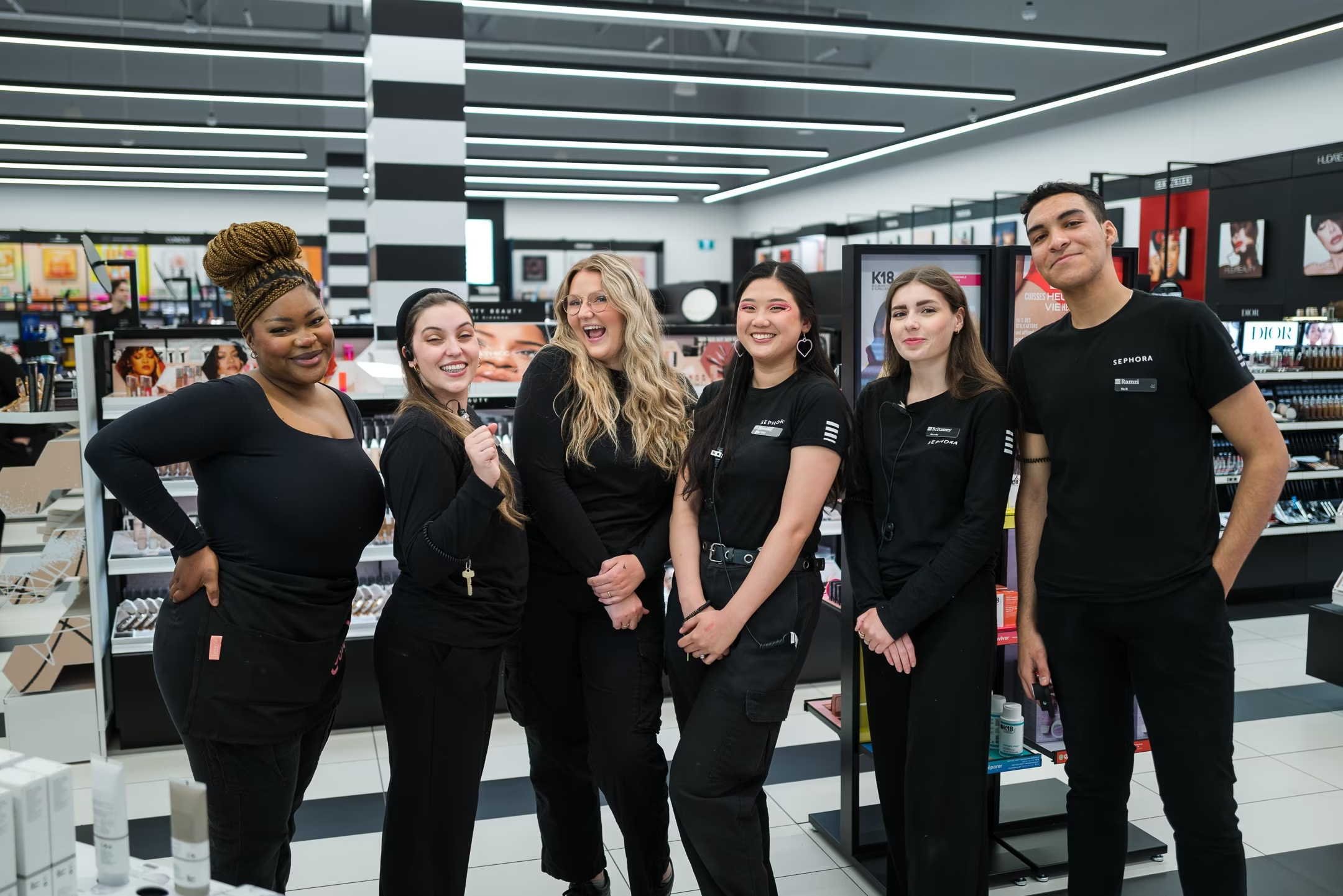
 By
Your Beauty Plug
By
Your Beauty Plug
Red light therapy (RLT) is a popular and controversial treatment that claims to improve various skin conditions, such as wrinkles, acne, scars, and inflammation, as well as other health issues, such as hair loss, pain, and dementia. But what is red light therapy, how does it work, and what are the benefits and risks of using it? In this blog post, we will answer these questions and more, based on the current scientific evidence and expert opinions.
Red light therapy, also known as photobiomodulation, low-level laser therapy, or cold laser therapy, is a treatment that exposes the skin or other parts of the body to low levels of red or near-infrared light. These wavelengths of light are believed to stimulate the mitochondria, the “powerhouse” of the cells, and increase the production of energy, collagen, and blood flow. This, in turn, may enhance the healing and regeneration of the tissues, reduce inflammation and oxidative stress, and modulate the immune system.
Red light therapy is different from other types of light therapy, such as blue light therapy or ultraviolet light therapy, which are used to treat skin infections, mood disorders, or vitamin D deficiency. Red light therapy does not produce heat, damage the skin, or cause sunburn. It is also not the same as the red light used in photodynamic therapy, which activates a drug to destroy cancer cells or other lesions.
Red light therapy can be done in a doctor’s office, a salon, a dental clinic, or at home, using various devices, such as lamps, panels, masks, or handheld units. The treatment duration, frequency, and intensity may vary depending on the condition, the device, and the individual. Typically, a session lasts from a few minutes to an hour, and may be repeated several times a week or month.
Red light therapy has been investigated for a wide range of health conditions, but the evidence for its effectiveness is still limited and inconsistent. Some of the most common and promising applications of red light therapy are:
Red light therapy is generally considered safe and well-tolerated, as it does not cause heat, pain, or damage to the skin or other tissues. However, some possible risks and side effects of red light therapy are:
The frequency and duration of red light therapy may vary depending on the device, the condition, and the individual. Generally, red light therapy is used for 10 to 30 minutes, 3 to 5 times a week, for 4 to 8 weeks, followed by a maintenance period of once or twice a week. However, some studies have used different protocols, and some people may need more or less sessions to see results. It is advisable to follow the instructions of the device manufacturer or the healthcare provider, and to monitor the progress and adjust the treatment accordingly.
The results from red light therapy may vary depending on the device, the condition, and the individual. Some people may see immediate or short-term results, such as reduced pain, inflammation, or redness, while others may need longer or repeated sessions to see lasting or cumulative results, such as improved skin texture, hair growth, or cognition. Generally, it may take from a few weeks to a few months to see noticeable results from red light therapy. However, some studies have reported faster or slower outcomes, and some people may not respond to red light therapy at all. It is recommended to track the changes and evaluate the benefits and risks of red light therapy.
Red light therapy is generally safe and well-tolerated for most people, but it may not be suitable or effective for everyone. Some people may have contraindications, such as cancer, diabetes, epilepsy, or pregnancy, that may prevent them from using red light therapy, or may require medical supervision. Some people may also have adverse reactions, such as eye strain, skin irritation, photosensitivity, or allergic reaction, that may limit or stop their use of red light therapy. Some people may also have unrealistic expectations, such as reversing aging, curing diseases, or achieving perfect skin, that may lead to disappointment or dissatisfaction. Therefore, it is important to consult a doctor before using red light therapy, and to use it with caution and moderation.
Red light therapy is a treatment that uses low levels of red or near-infrared light to improve various skin conditions, such as wrinkles, acne, scars, and inflammation, as well as other health issues, such as hair loss, pain, and dementia. Red light therapy is thought to work by stimulating the mitochondria, the “powerhouse” of the cells, and increasing the production of energy, collagen, and blood flow. Red light therapy is generally considered safe and well-tolerated, but it may have some risks and side effects, such as eye strain, skin irritation, photosensitivity, or allergic reaction.

